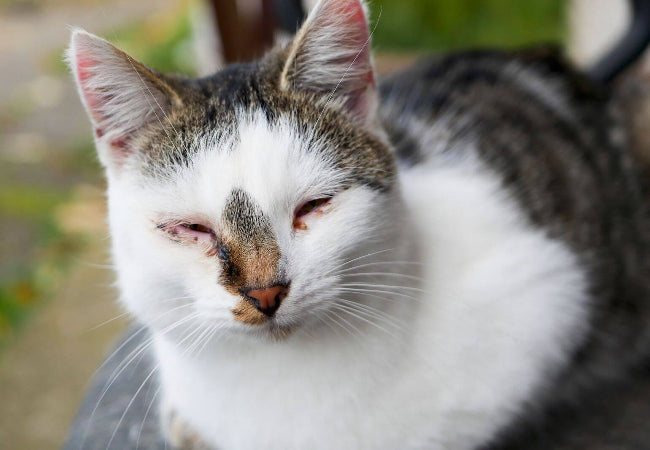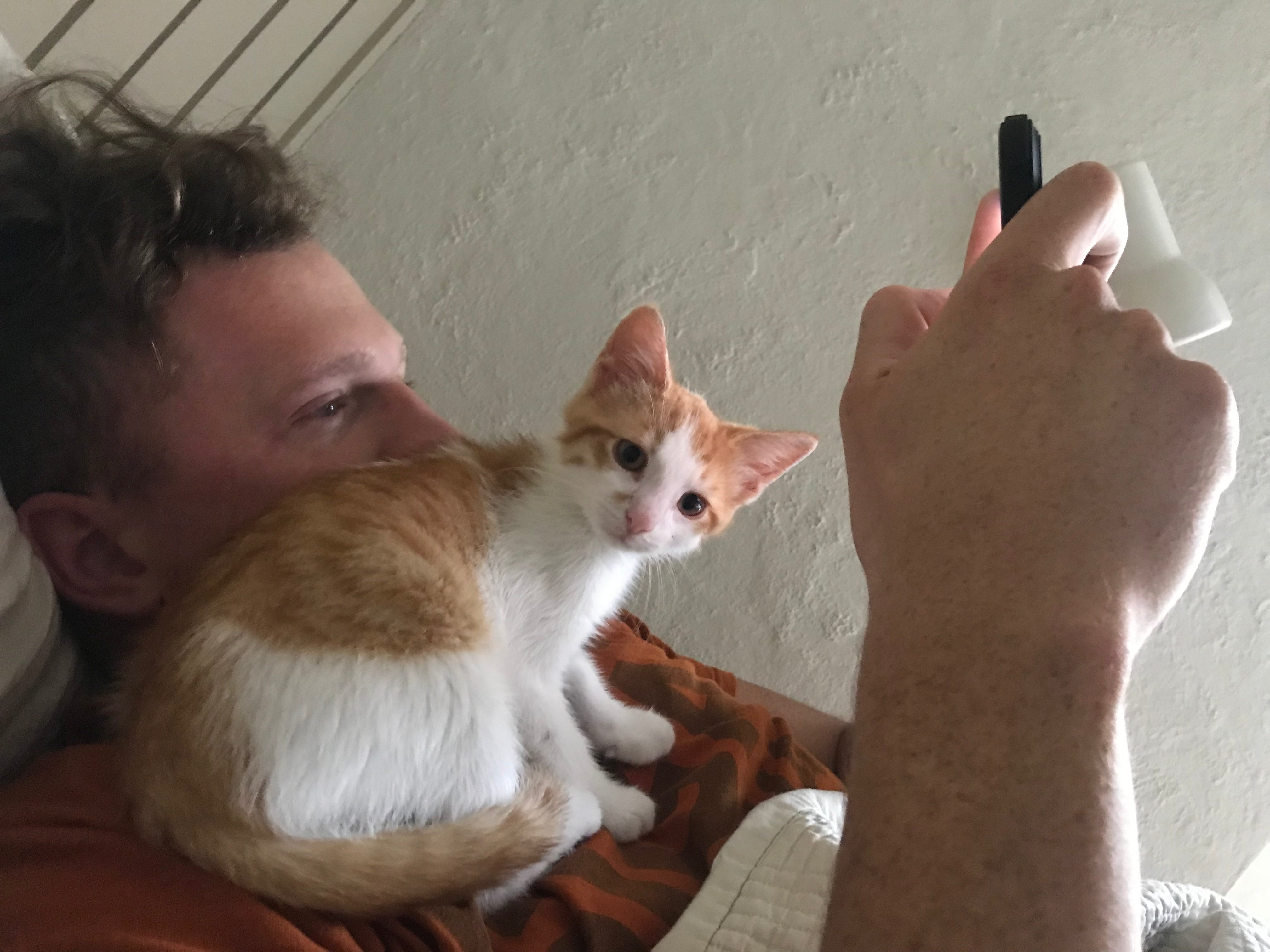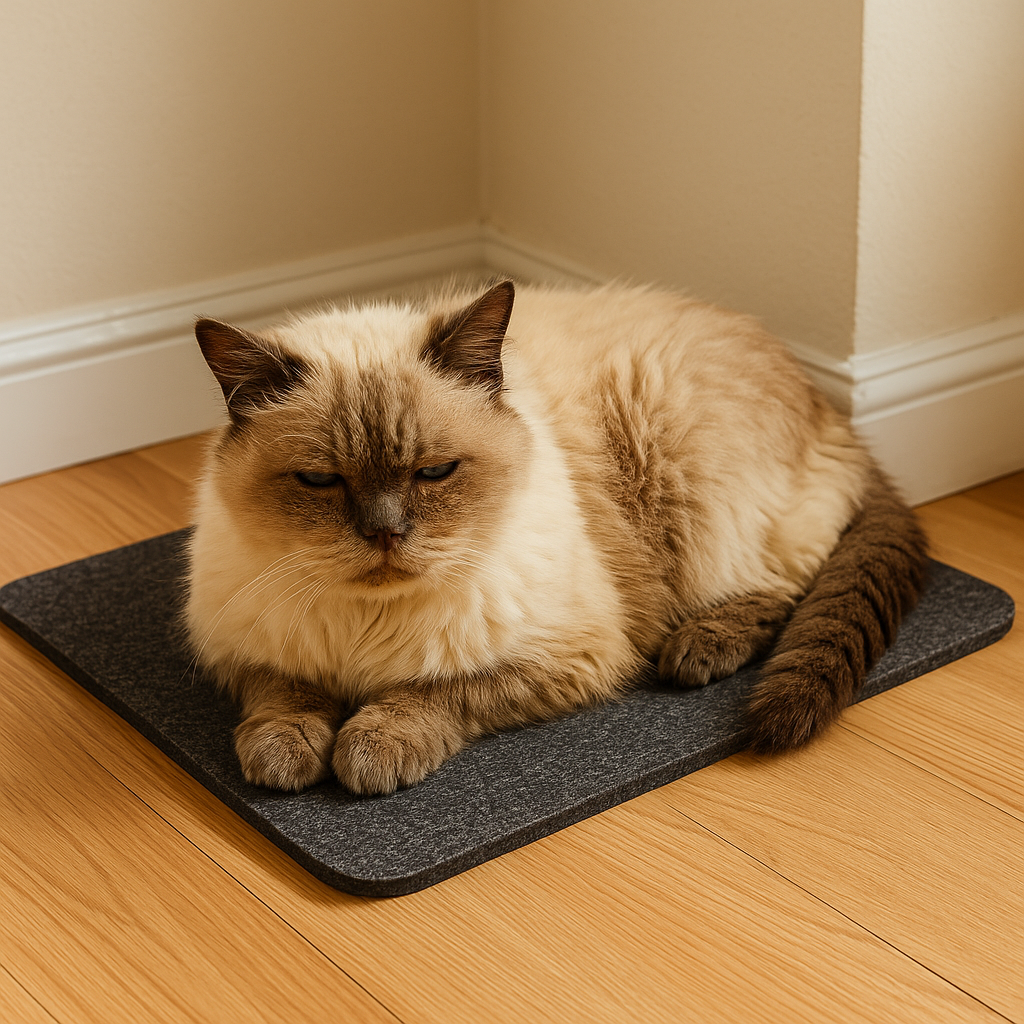Cat Flu 2025: Vet-Approved Guide to Causes, Symptoms & Care 🐱🤧

In this article
Cat Flu 2025: Vet-Approved Guide to Causes, Symptoms & Care 🐱🤧
By Dr. Duncan Houston BVSc
Introduction
Cat flu, medically known as feline upper respiratory infection (URI) or feline respiratory disease complex (FRDC), is a highly contagious illness affecting cats of all ages. Despite the name, cat flu is not caused by the human influenza virus. Instead, it is caused by a combination of viruses and bacteria that target a cat’s respiratory system. Understanding the causes, symptoms, treatment, and prevention of cat flu is essential for keeping your feline companions healthy.
Causes of Cat Flu 🦠
The main pathogens responsible for cat flu include:
-
Feline herpesvirus (FHV-1)
-
Feline calicivirus (FCV)
Less common causes:
-
Bordetella bronchiseptica
-
Chlamydophila felis
-
Mycoplasma spp.
These infectious agents spread easily between cats through:
-
Direct contact with infected cats
-
Contaminated objects (food bowls, bedding, toys)
-
Airborne droplets from sneezing or coughing
Symptoms of Cat Flu 🤒
Symptoms can range from mild to severe, depending on the pathogen and the cat’s immune response:
-
Sneezing
-
Nasal discharge (clear or colored)
-
Eye discharge (clear or colored)
-
Conjunctivitis (red, inflamed eyes)
-
Ulcers in the mouth, nose, or eyes
-
Fever
-
Loss of appetite
-
Lethargy
-
Dehydration
-
Difficulty breathing (in severe cases)
Some cats may carry the virus without showing any symptoms, acting as silent carriers.
Diagnosis and Treatment 🩺
If you suspect your cat has flu, consult a veterinarian promptly. The vet may perform:
-
Physical examination
-
Blood tests
-
Swabs of the eyes, nose, or mouth
-
Imaging (X-rays) to check for complications
Treatment
Cat flu treatment is mainly supportive and focuses on relieving symptoms and preventing complications:
-
Antibiotics: For secondary bacterial infections
-
Anti-inflammatory drugs: Reduce inflammation and discomfort
-
Eye drops or ointments: Treat eye infections
-
Fluid therapy: For dehydration
-
Nutritional support: Encourage eating if appetite is reduced
-
Antiviral medications: In severe cases
Tip: Always follow your veterinarian’s guidance and monitor your cat closely during recovery.
Prevention 🛡️
Preventing cat flu is easier than treating it:
-
Vaccination: Vaccines for FHV-1 and FCV are standard in feline vaccination schedules. While not 100% protective, they reduce severity and duration.
-
Quarantine: Isolate infected cats to prevent spreading the illness to healthy cats.
-
Hygiene: Regularly clean and disinfect dishes, bedding, litter boxes, and toys. Wash hands before and after handling cats.
-
Stress management: Reduce stress in your cat’s environment, as stress weakens immunity.
Conclusion
Cat flu is a common but potentially serious illness. Early recognition, proper treatment, and preventive measures are key to ensuring your cat stays healthy and happy. If your cat shows signs of flu, seek veterinary care immediately to give them the best chance of a full recovery.








